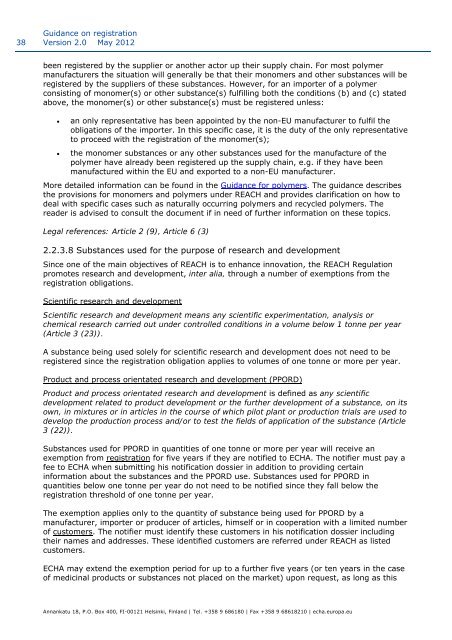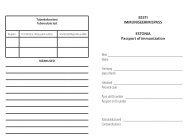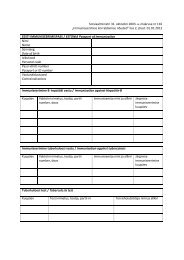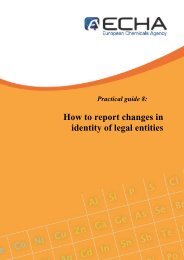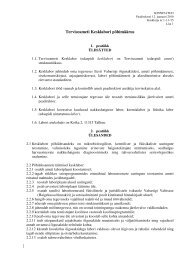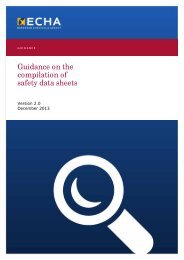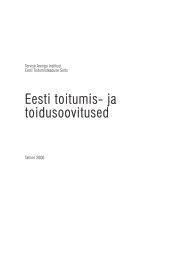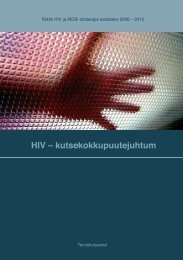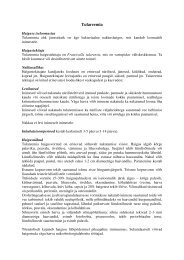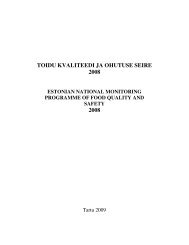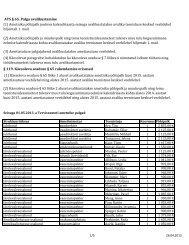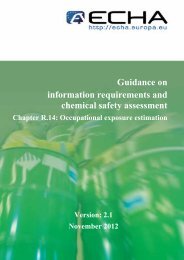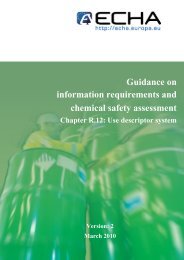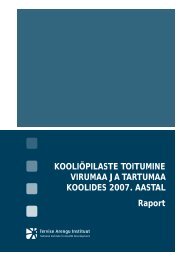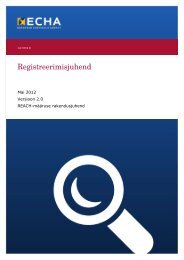Guidance on registration - ECHA - Europa
Guidance on registration - ECHA - Europa
Guidance on registration - ECHA - Europa
Create successful ePaper yourself
Turn your PDF publications into a flip-book with our unique Google optimized e-Paper software.
38<br />
<str<strong>on</strong>g>Guidance</str<strong>on</strong>g> <strong>on</strong> registrati<strong>on</strong><br />
Versi<strong>on</strong> 2.0 May 2012<br />
been registered by the supplier or another actor up their supply chain. For most polymer<br />
manufacturers the situati<strong>on</strong> will generally be that their m<strong>on</strong>omers and other substances will be<br />
registered by the suppliers of these substances. However, for an importer of a polymer<br />
c<strong>on</strong>sisting of m<strong>on</strong>omer(s) or other substance(s) fulfilling both the c<strong>on</strong>diti<strong>on</strong>s (b) and (c) stated<br />
above, the m<strong>on</strong>omer(s) or other substance(s) must be registered unless:<br />
<br />
<br />
an <strong>on</strong>ly representative has been appointed by the n<strong>on</strong>-EU manufacturer to fulfil the<br />
obligati<strong>on</strong>s of the importer. In this specific case, it is the duty of the <strong>on</strong>ly representative<br />
to proceed with the registrati<strong>on</strong> of the m<strong>on</strong>omer(s);<br />
the m<strong>on</strong>omer substances or any other substances used for the manufacture of the<br />
polymer have already been registered up the supply chain, e.g. if they have been<br />
manufactured within the EU and exported to a n<strong>on</strong>-EU manufacturer.<br />
More detailed informati<strong>on</strong> can be found in the <str<strong>on</strong>g>Guidance</str<strong>on</strong>g> for polymers. The guidance describes<br />
the provisi<strong>on</strong>s for m<strong>on</strong>omers and polymers under REACH and provides clarificati<strong>on</strong> <strong>on</strong> how to<br />
deal with specific cases such as naturally occurring polymers and recycled polymers. The<br />
reader is advised to c<strong>on</strong>sult the document if in need of further informati<strong>on</strong> <strong>on</strong> these topics.<br />
Legal references: Article 2 (9), Article 6 (3)<br />
2.2.3.8 Substances used for the purpose of research and development<br />
Since <strong>on</strong>e of the main objectives of REACH is to enhance innovati<strong>on</strong>, the REACH Regulati<strong>on</strong><br />
promotes research and development, inter alia, through a number of exempti<strong>on</strong>s from the<br />
registrati<strong>on</strong> obligati<strong>on</strong>s.<br />
Scientific research and development<br />
Scientific research and development means any scientific experimentati<strong>on</strong>, analysis or<br />
chemical research carried out under c<strong>on</strong>trolled c<strong>on</strong>diti<strong>on</strong>s in a volume below 1 t<strong>on</strong>ne per year<br />
(Article 3 (23)).<br />
A substance being used solely for scientific research and development does not need to be<br />
registered since the registrati<strong>on</strong> obligati<strong>on</strong> applies to volumes of <strong>on</strong>e t<strong>on</strong>ne or more per year.<br />
Product and process orientated research and development (PPORD)<br />
Product and process orientated research and development is defined as any scientific<br />
development related to product development or the further development of a substance, <strong>on</strong> its<br />
own, in mixtures or in articles in the course of which pilot plant or producti<strong>on</strong> trials are used to<br />
develop the producti<strong>on</strong> process and/or to test the fields of applicati<strong>on</strong> of the substance (Article<br />
3 (22)).<br />
Substances used for PPORD in quantities of <strong>on</strong>e t<strong>on</strong>ne or more per year will receive an<br />
exempti<strong>on</strong> from registrati<strong>on</strong> for five years if they are notified to <strong>ECHA</strong>. The notifier must pay a<br />
fee to <strong>ECHA</strong> when submitting his notificati<strong>on</strong> dossier in additi<strong>on</strong> to providing certain<br />
informati<strong>on</strong> about the substances and the PPORD use. Substances used for PPORD in<br />
quantities below <strong>on</strong>e t<strong>on</strong>ne per year do not need to be notified since they fall below the<br />
registrati<strong>on</strong> threshold of <strong>on</strong>e t<strong>on</strong>ne per year.<br />
The exempti<strong>on</strong> applies <strong>on</strong>ly to the quantity of substance being used for PPORD by a<br />
manufacturer, importer or producer of articles, himself or in cooperati<strong>on</strong> with a limited number<br />
of customers. The notifier must identify these customers in his notificati<strong>on</strong> dossier including<br />
their names and addresses. These identified customers are referred under REACH as listed<br />
customers.<br />
<strong>ECHA</strong> may extend the exempti<strong>on</strong> period for up to a further five years (or ten years in the case<br />
of medicinal products or substances not placed <strong>on</strong> the market) up<strong>on</strong> request, as l<strong>on</strong>g as this<br />
Annankatu 18, P.O. Box 400, FI-00121 Helsinki, Finland | Tel. +358 9 686180 | Fax +358 9 68618210 | echa.europa.eu


